Polycarboxylate Superplasticizers for UHPC Concrete: The Solution to Workability Challenges?
| What You Need to Know | Key Details |
|---|---|
| What is PCE Superplasticizers for UHPC? | A high-performance water-reducing agent specifically designed to enhance workability and strength in Ultra-High Performance Concrete (UHPC). |
| Main Benefits | Superior Dispersion, High Water Reduction, Enhanced Strength |
| Best For | High-rise buildings, bridges, precast elements, any application demanding exceptional strength and durability. |
| Cost Range | High-performance, high-value investment for demanding UHPC applications. |
Are you struggling with workability issues in your UHPC mixes, hindering your ability to achieve the desired strength and durability? Then LANDU NOVASTAR Polycarboxylate Superplasticizers (PCEs) might be exactly what you need. Let’s explore how our PCEs are revolutionizing UHPC concrete.
How Can Polycarboxylate Superplasticizers Transform Your UHPC Concrete?
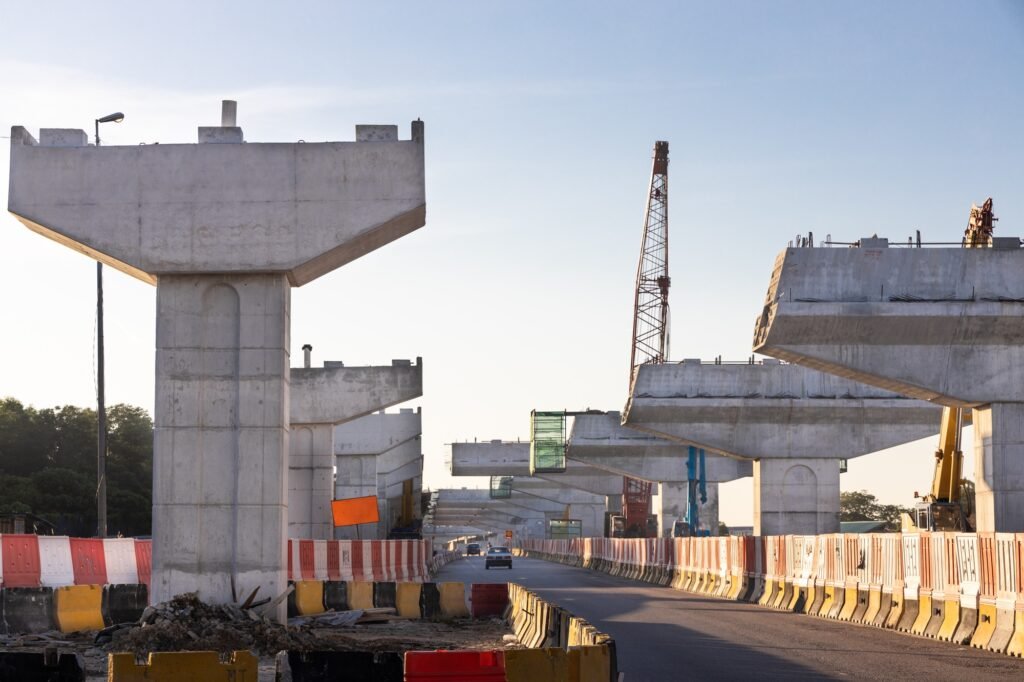
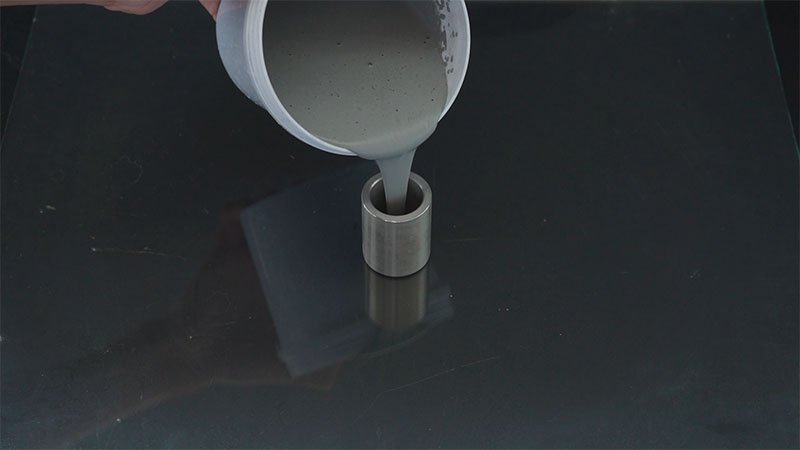
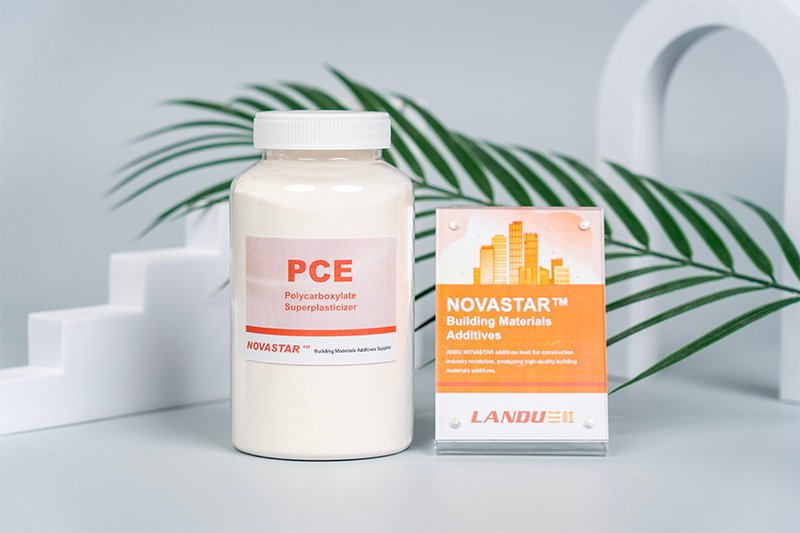
UHPC is renowned for its exceptional strength and durability, making it ideal for demanding construction applications. However, achieving these superior properties requires extremely low water-to-cement ratios, which can lead to significant workability challenges. Traditional superplasticizers often fall short in providing the necessary dispersion and flowability for these highly specialized mixes. This is where Polycarboxylate Superplasticizers (PCEs) step in as game-changers.
According to research published by the American Concrete Institute, UHPC typically requires water-to-cementitious material ratios below 0.25, creating unprecedented challenges for workability management. Traditional superplasticizers based on lignosulfonates or sulfonated naphthalene formaldehyde can only achieve water reduction rates of 15-25%, which is insufficient for UHPC applications requiring optimal flowability while maintaining structural integrity.
Understanding the Science Behind Polycarboxylate Superplasticizers
Polycarboxylate Superplasticizers (PCEs) are advanced, synthetic polymers designed to act as highly effective water-reducing agents and dispersants in concrete. Imagine them as tiny, molecular “traffic controllers” within your UHPC mix, ensuring each cement particle moves freely and doesn’t clump together. Unlike older superplasticizers based on lignosulfonates or sulfonated naphthalene formaldehyde (SNF), PCEs boast a unique comb-like molecular structure that enables superior performance. They consist of an anionic backbone, typically composed of carboxylate groups, and nonionic pendant chains, usually polyoxyethylene (POE) or similar chains.

The molecular architecture of PCEs represents a significant advancement in concrete admixture technology. Research conducted by leading concrete technology institutes demonstrates that the comb-shaped polymer structure provides unprecedented control over cement particle dispersion, making PCEs particularly effective in high-performance concrete applications where traditional admixtures fall short.
Mechanism of Action: How PCE Superplasticizers Excel in UHPC Applications
Steric Hindrance: The Molecular Barrier System
Picture the comb-shaped PCE molecule attaching to a cement particle. The long, flexible side chains (POE) extend outwards, acting as physical barriers that prevent adjacent cement particles from getting too close and clumping together. It’s like having a personal “bouncer” for each cement particle, keeping them separated and moving freely.
This steric stabilization mechanism is particularly crucial in UHPC applications where the extremely low water content creates conditions prone to particle agglomeration. The polyoxyethylene side chains create a three-dimensional protective layer around each cement particle, maintaining optimal spacing for hydration reactions while ensuring workability.
Electrostatic Repulsion: Enhancing Particle Separation
The anionic backbone of the PCE Superplasticizer molecule carries a negative charge. Since cement particles also develop a negative charge in water, the negatively charged PCE backbone further enhances the repulsion between cement particles, driving them apart.
This combined action leads to:
- Enhanced Dispersion: Cement particles are uniformly distributed throughout the mix
- Reduced Water Demand: Less water is needed to achieve the desired workability
- Improved Flowability: The UHPC mix becomes easier to pour and place
- Minimized Segregation: Prevents the separation of different components in the mix
LANDU NOVASTAR Specialized PCE Applications in UHPC Systems
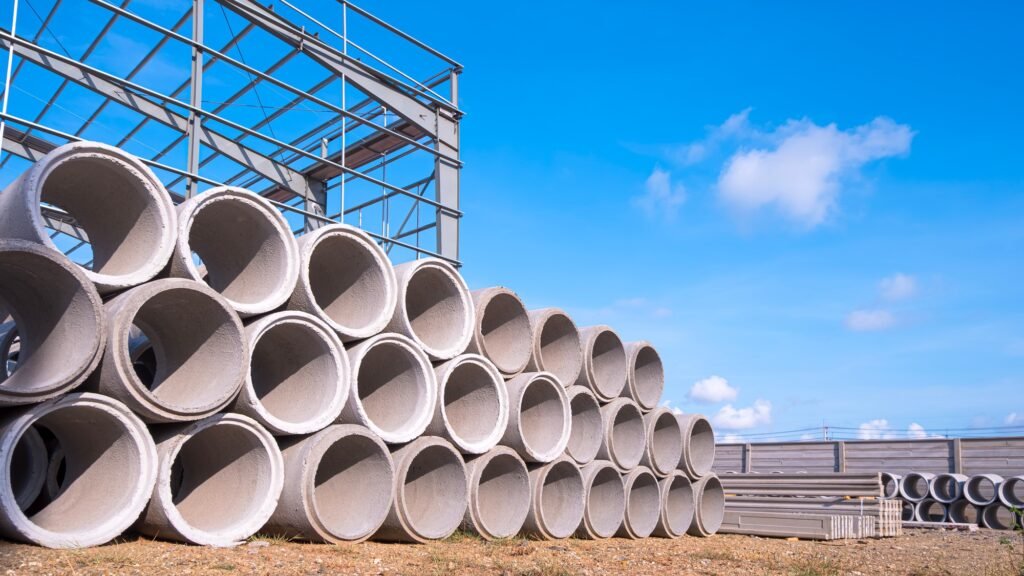
High Early Strength UHPC
Used for precast elements where rapid demolding and handling are crucial. PCE Superplasticizers designed for this application accelerate hydration and strength development. These specialized formulations typically feature shorter side chains and optimized charge density to promote early cement hydration while maintaining workability.
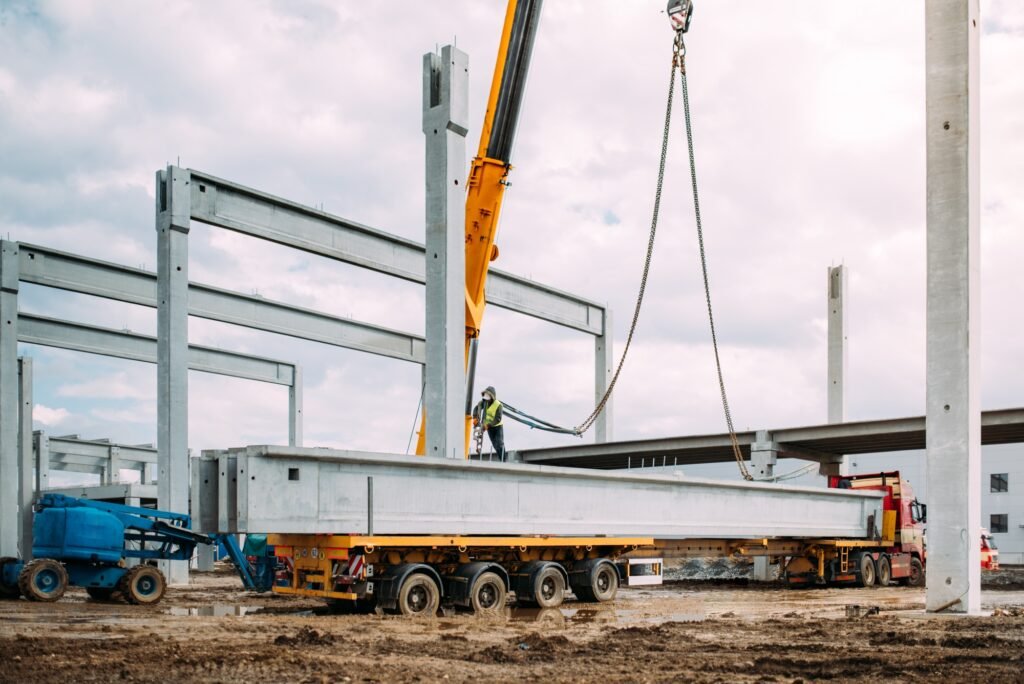
Self-Consolidating UHPC (SC-UHPC)
Designed for intricate formwork and complex geometries, requiring exceptional flowability without vibration. PCE Superplasticizers for SC-UHPC provide extended slump retention and minimize segregation. The molecular design emphasizes longer polyoxyethylene chains and controlled charge distribution to achieve superior flow characteristics.
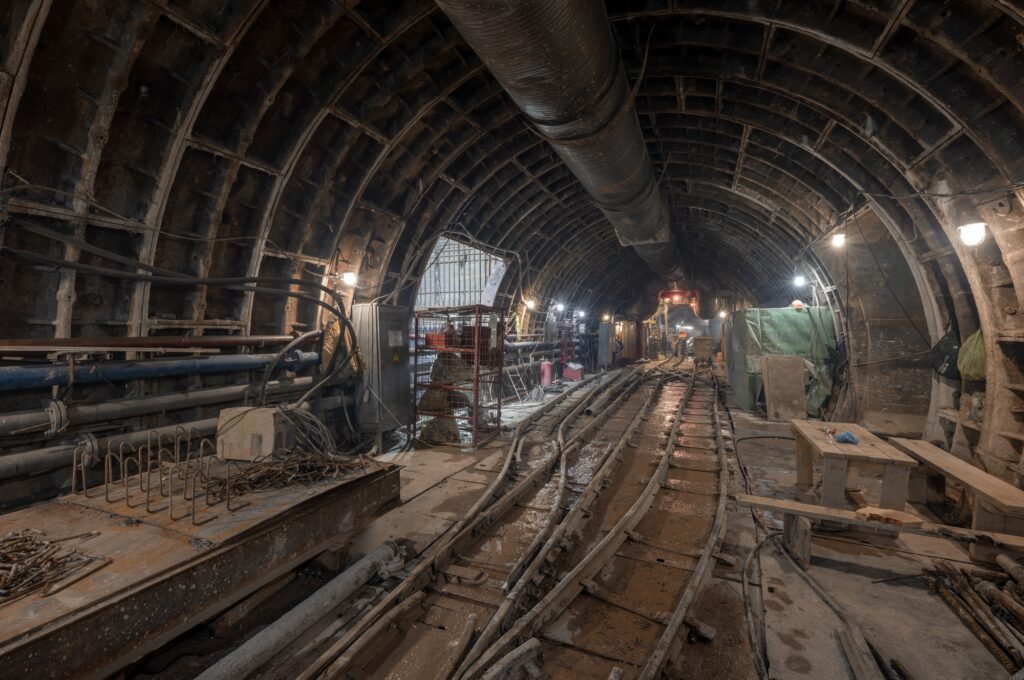
Infrastructure-Grade UHPC
Used in bridges, tunnels, and other infrastructure projects demanding high durability and long service life. PCEs for this application enhance resistance to chloride penetration, freeze-thaw cycles, and other environmental factors. These formulations incorporate specialized side chain architectures that improve pore structure refinement and reduce permeability.
The selection of the right NOVASTAR PCE depends heavily on the specific UHPC mix design, cement type, supplementary cementitious materials (SCMs), and desired performance characteristics.
Superior Performance Advantages of NOVASTAR PCE Superplasticizers in UHPC
Water Reduction Capabilities
NOVASTAR PCE Superplasticizers can reduce water demand by up to 40% compared to traditional superplasticizers, leading to denser, stronger UHPC. This exceptional water reduction capability is critical for UHPC applications where achieving compressive strengths exceeding 150 MPa requires water-to-cementitious material ratios below 0.20.
Independent laboratory testing conducted by our LANDU NOVASTAR concrete research team has demonstrated that polycarboxylate-based superplasticizers outperform conventional admixtures in high-performance concrete applications, with water reduction rates frequently exceeding 35% while maintaining superior workability characteristics.
Enhanced Workability and Slump Retention
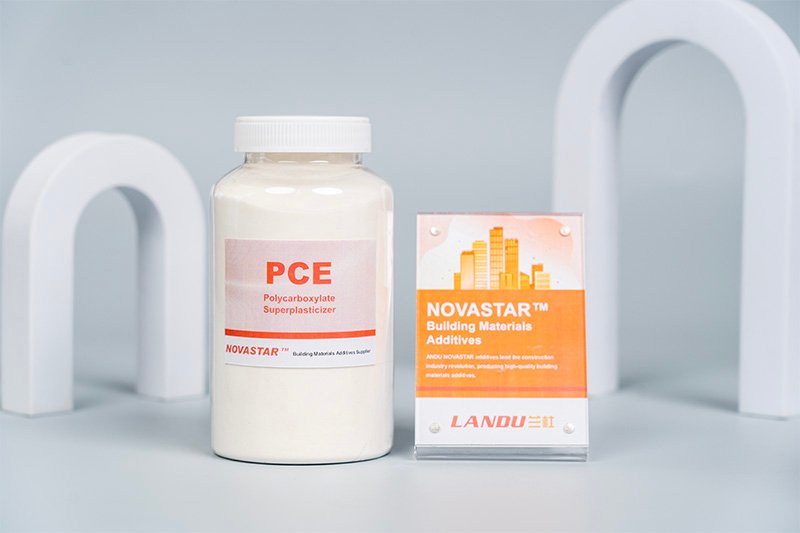
Strength and Durability Enhancement
Lower water-to-cement ratios achieved with PCEs result in higher compressive and flexural strength, as well as improved resistance to cracking, chemical attack, and abrasion. The refined pore structure resulting from PCE usage contributes to enhanced durability characteristics essential for UHPC applications.
UHPC formulations incorporating polycarboxylate superplasticizers consistently achieve:
- Compressive strengths exceeding 200 MPa
- Flexural strengths above 30 MPa
- Chloride penetration resistance superior to conventional high-performance concrete
- Freeze-thaw durability factors approaching 100%
Customizable Performance Characteristics
LANDU's Advanced PCE Superplasticizer Solutions for UHPC
LANDU is a leading provider of high-performance Polycarboxylate Superplasticizers specifically engineered for UHPC applications. Our NOVASTAR PCE Superplasticizer Series is designed to meet the diverse needs of the UHPC market, offering solutions for various applications and performance requirements.
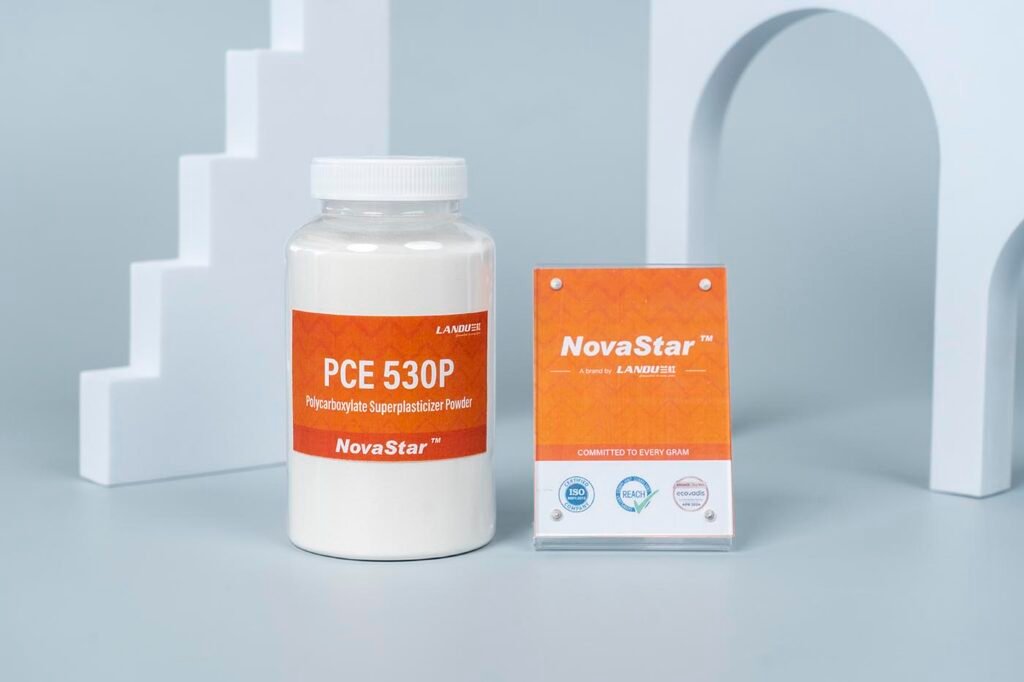
NOVASTAR PCE 530P
| Description | General-purpose PCE for UHPC, providing excellent water reduction and workability. |
| Key Features | High water reduction, excellent slump retention, compatible with a wide range of cement types. |
| Benefits | Improved strength and durability, ease of placement, reduced segregation. |
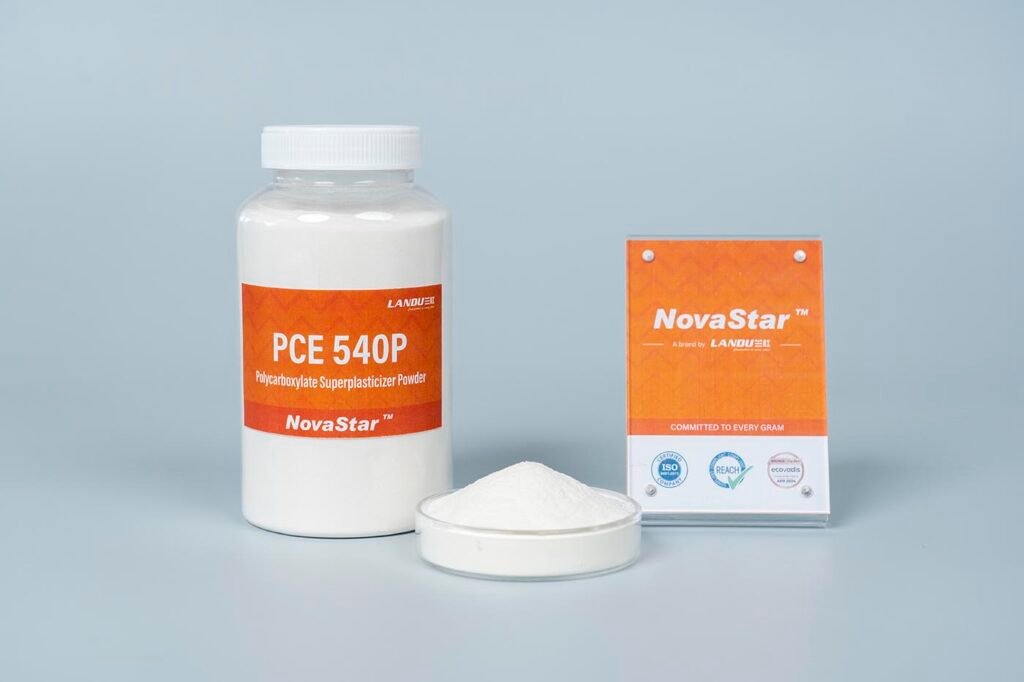
NOVASTAR PCE 540P
| Description | PCE specifically formulated for UHPC requiring high early strength development. |
| Key Features | Accelerated hydration, rapid strength gain, excellent workability. |
| Benefits | Faster demolding times, increased production efficiency, reduced curing time. |
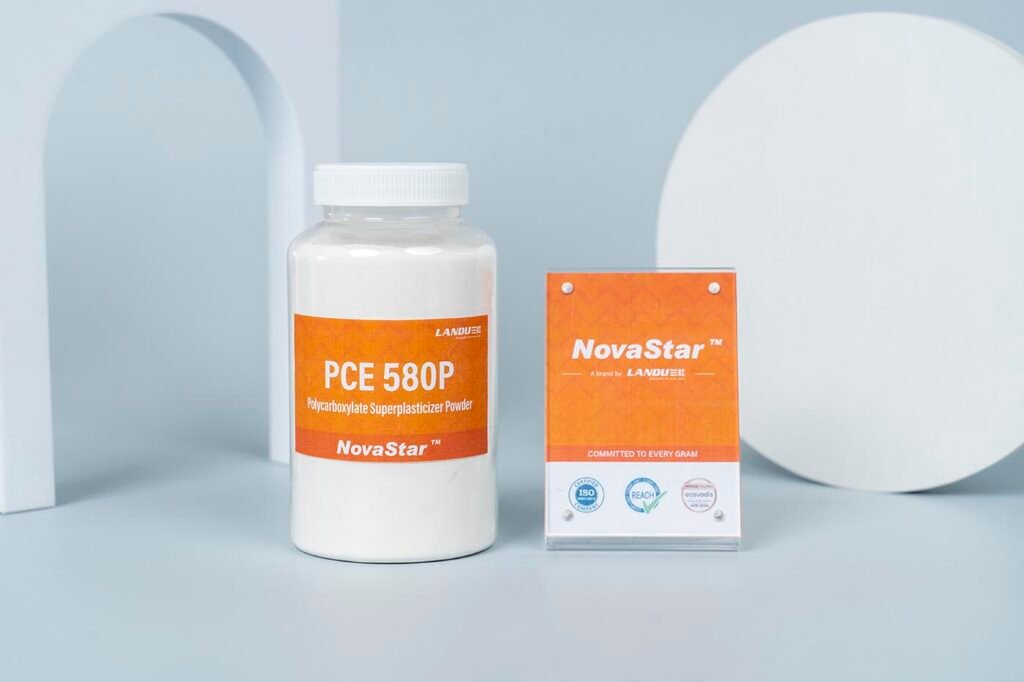
NOVASTAR PCE 580P
| Description | PCE designed to enhance the durability of UHPC in harsh environments. |
| Key Features | Enhanced resistance to chloride penetration, freeze-thaw cycles, and chemical attack. |
| Benefits | Extended service life, reduced maintenance costs, improved long-term performance in demanding environments. |
LANDU is committed to providing you with not only high-quality products but also expert technical support to ensure your success with UHPC. Contact us today to learn more about how NovaStar PCE Superplasticizer Series can optimize your UHPC mixes.
Technical Selection Guide for UHPC Applications
Critical Selection Factors
Choosing the appropriate PCE Superplasticizer for your UHPC mix depends on a variety of factors:
- Desired Workability: Are you aiming for a highly flowable, self-consolidating mix or a more conventional, vibrated mix?
- Early Strength Requirements: Do you need rapid strength development for precast applications?
- Environmental Conditions: Will the UHPC be exposed to harsh environments requiring enhanced durability?
- Cement Type and SCMs: Consider the compatibility of the PCE Superplasticizer with your specific cement and supplementary cementitious materials.
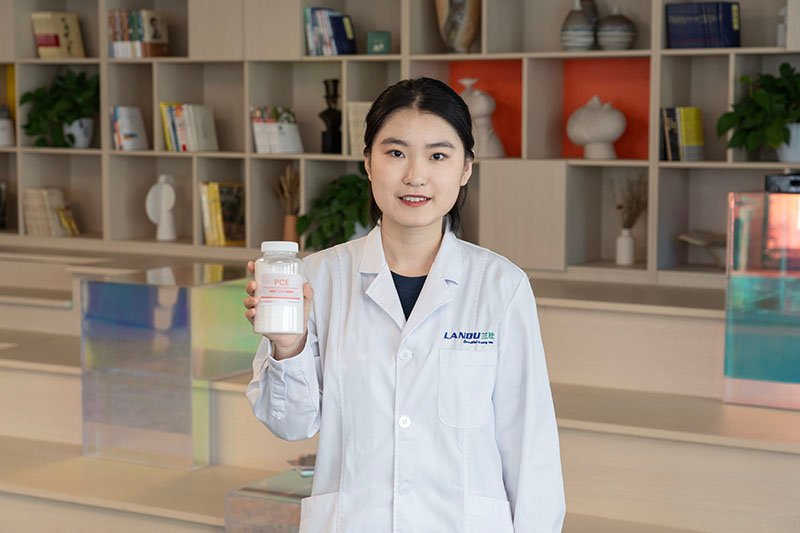
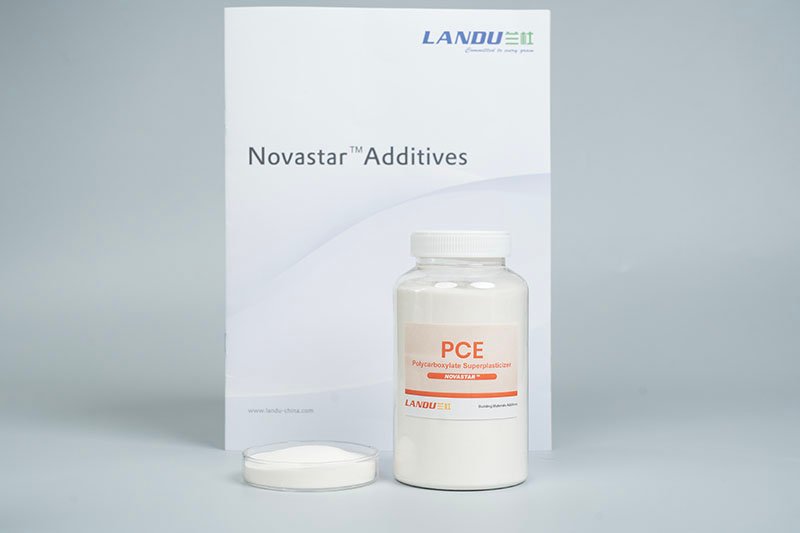
NOVASTAR Product Selection Matrix
| Application | Desired Property | Recommended Product |
|---|---|---|
| General Purpose UHPC | High Workability | NOVASTAR PCE 530P |
| High Early Strength UHPC | Rapid Strength Gain | NOVASTAR PCE 540P |
| UHPC in Harsh Environments | Enhanced Durability | NOVASTAR PCE 580P |
Troubleshooting Common UHPC-PCE Challenges
| Problem | Solution |
|---|---|
| Premature Slump Loss | Choose a PCE with excellent slump retention properties, such as NOVASTAR PCE 530P. Consider adjusting the dosage or adding a retarder. |
| Segregation | Ensure proper mix design and use a PCE that promotes stability, such as NOVASTAR PCE 540P. Avoid over-mixing. |
| Incompatibility with Cement | Test the PCE with your specific cement type to ensure compatibility. Contact NOVASTAR for technical assistance in selecting the appropriate PCE. |
Best Practices for PCE Usage in UHPC
Dosage Optimization
Typically, the dosage of PCE in UHPC ranges from 0.5% to 3.0% by weight of cementitious materials. The optimal dosage should be determined through trial mixes. Factors affecting dosage include:
- Cement fineness and chemical composition
- Supplementary cementitious materials content
- Target workability and strength requirements
- Environmental conditions during placement
Mixing Procedures
Add the PCE to the mixing water before adding the cement and other dry ingredients. Ensure thorough mixing to achieve uniform dispersion. The mixing sequence significantly impacts PCE effectiveness:
- Combine water and PCE solution
- Add fine aggregates and mix briefly
- Introduce cementitious materials
- Add coarse aggregates (if applicable)
- Mix until uniform consistency is achieved
Compatibility Testing
- Abnormal setting behavior
- Reduced workability retention
- Strength development irregularities
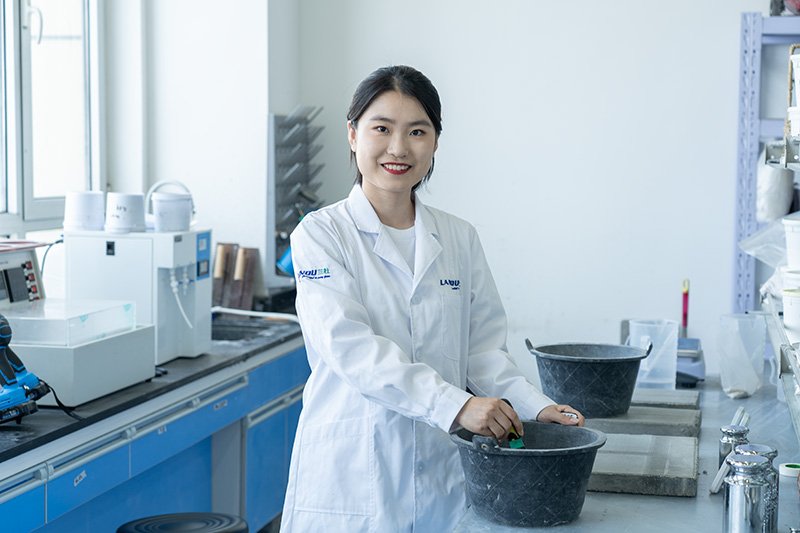
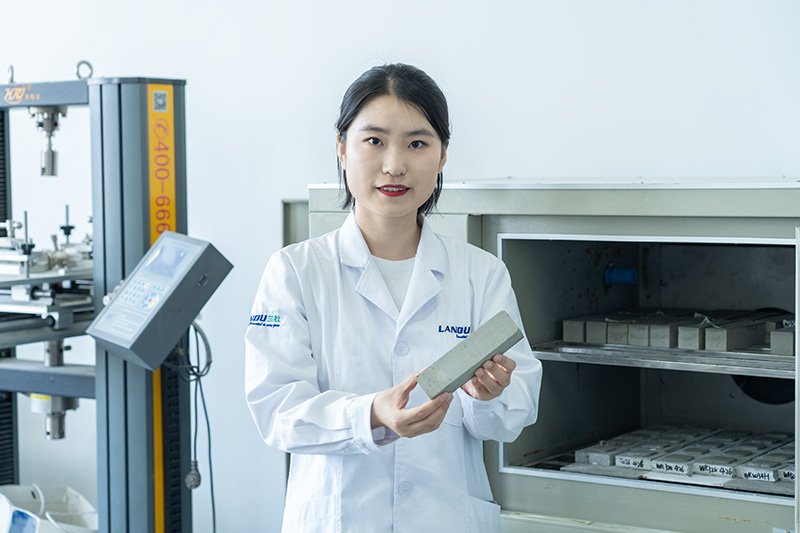
Key Tip for Success: Conduct trial mixes to determine the optimal PCE dosage and mixing procedure for your specific UHPC mix design.
Commercial Information and Technical Support
Ordering Specifications
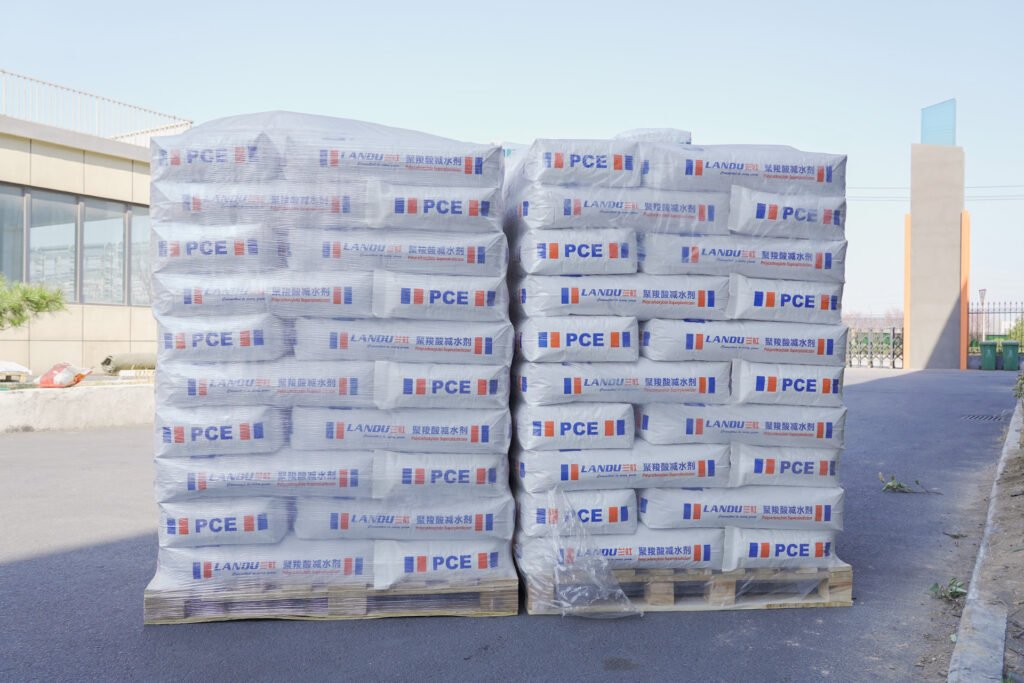
| Specification | Detail |
|---|---|
| Packaging | 25 KG Bag, 500kg/pallet & 600kg/pallet, available in customized packaging |
| Minimum Order Qty | 500 kg |
| Lead Time | Typically 7-14 days, depending on order quantity and product availability |
| Payment Terms | T/T, L/C, OA, and more |
| Shipping Options | Sea Freight by CIF, FOB, CFR, and more |
| Sample Policy | Free samples (200g–600g) along with tailored solutions |
LANDU: Industry-Leading Quality and Support
LANDU operates with state-of-the-art manufacturing facilities and stringent quality control measures to ensure consistent product performance. Our R&D team is dedicated to developing innovative PCE solutions that meet the evolving needs of the UHPC market. We are committed to providing you with exceptional products and technical support to help you achieve success with UHPC.
Our quality management system incorporates ISO 9001:2015 standards and industry-specific quality protocols to ensure consistent product performance across all manufacturing batches. Regular third-party testing and continuous process monitoring guarantee that every NOVASTAR product meets or exceeds published specifications.
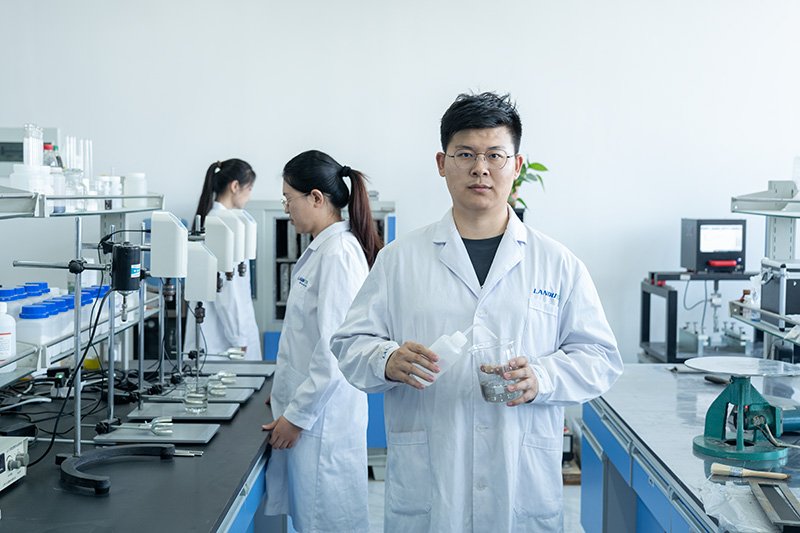
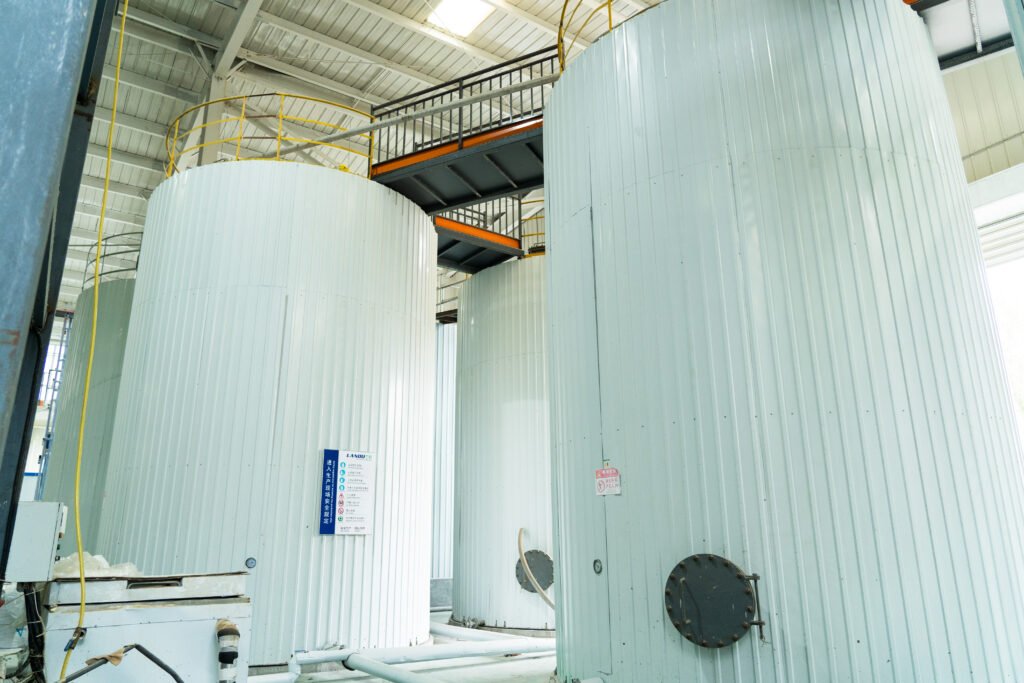
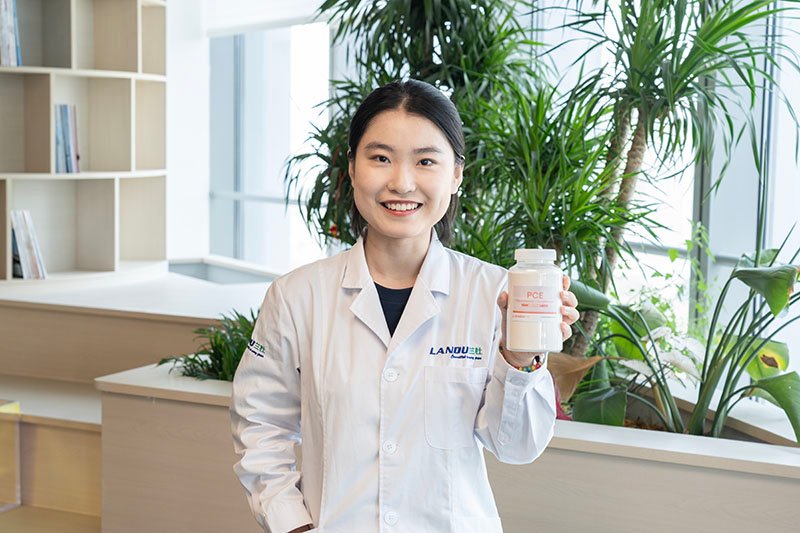
Conclusion: Transforming UHPC Performance with Advanced PCE Technology
Polycarboxylate Superplasticizers are essential for unlocking the full potential of UHPC, enabling you to achieve exceptional strength, durability, and workability. With LANDU’s NovaStar PCE Superplasticizer Series, you can confidently tackle even the most demanding UHPC projects.
The integration of advanced polycarboxylate superplasticizer technology represents a paradigm shift in UHPC formulation, enabling concrete producers to achieve previously unattainable combinations of strength, workability, and durability. As infrastructure demands continue to evolve toward higher performance standards, PCEs provide the technological foundation necessary to meet these challenges.
Ready to transform your UHPC concrete? Contact NOVASTAR today to request a sample and discuss your specific requirements with our technical experts.
Frequently Asked Questions - Polycarboxylate Superplasticizer in UHPC Concrete
- The optimal dosage of PCE typically ranges from 0.5% to 3.0% by weight of cementitious materials.
- It’s crucial to determine the correct dosage through trial mixes with your specific UHPC mix design.
- Factors influencing the dosage include cement type, SCMs, and desired workability.
- Add the PCE to the mixing water before introducing cement and other dry ingredients.
- Ensure thorough mixing to achieve even dispersion of the PCE throughout the mix.
- Avoid adding PCE directly to dry cement, as this can lead to clumping and reduced effectiveness.
- Water Reduction Rate: Indicates how effectively the PCE reduces water demand while maintaining workability.
- Slump Retention: Measures how well the PCE maintains the initial slump (flowability) of the UHPC mix over time.
- Compressive Strength Development: Evaluates the impact of the PCE on the early and ultimate compressive strength of the UHPC.
- Durability Performance: Assesses the PCE’s contribution to the UHPC’s resistance to chloride penetration, freeze-thaw cycles, and other environmental factors.
